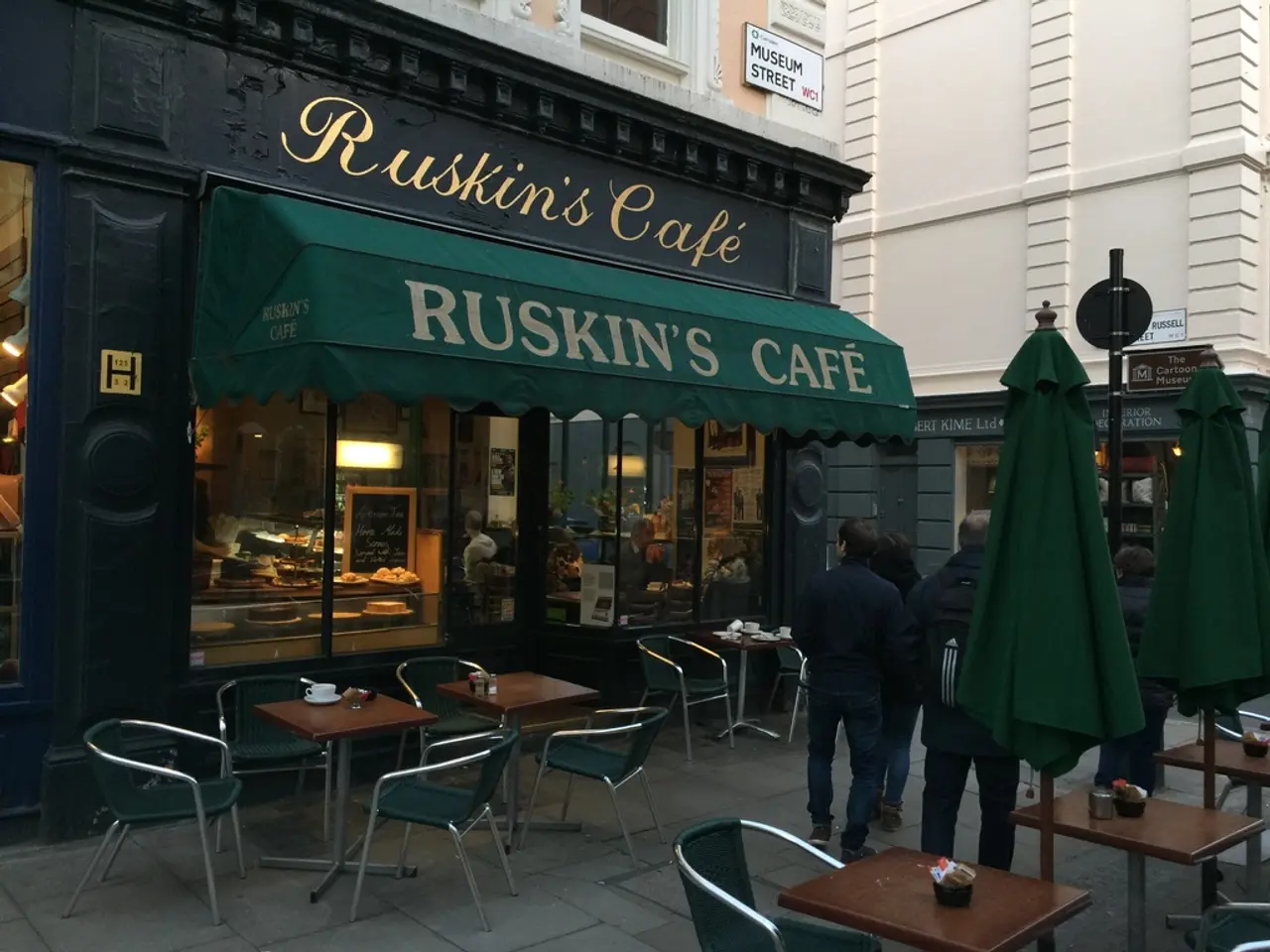House prices in Halifax surge to unprecedented levels due to pre-Budget and stamp duty rush
In the ever-evolving UK property market, 2025 has seen a clear north-south polarization in house prices, with significant differences between the northern and southern regions. According to various forecasts, the North is expected to outperform the South substantially.
The northern regions and Scotland are forecast to experience strong growth. Savills and MoneyWeek predict approximately 5% house price growth in the North West, North East, Scotland, and Yorkshire and the Humber. Zoopla reports price rises of 2.2% to 3% in the West Midlands, Northern regions, Wales, and Scotland, with Northern Ireland leading at around 6% growth. RSM UK projects a 4% overall increase across the UK for 2025, with Northern Ireland seeing a 4.1% rise, the North West 2%, and West Midlands plus Yorkshire and the Humber about 1.8%. Cities like Blackburn and Belfast are experiencing gains exceeding 5%.
On the other hand, southern England shows much more modest growth or even slight declines. The East of England and South West are predicted to grow around 2.5%. The South East and London are seeing very low inflation, around 0.5% or less, with some southern cities like Brighton and Aberdeen experiencing modest price falls. London and the South West even saw price falls of about 0.5% in early 2025.
Overall, the average UK house price increased modestly by about 1.4% year-on-year as of May 2025, reaching approximately £268,000 to £273,000 depending on the source.
The underlying reasons for this trend include affordability disparities, with northern and more affordable regions attracting more demand and price inflation, while higher-priced southern areas face slower growth due to cost pressures and economic uncertainty.
As we move towards the end of the year and into 2025, positive employment figures and anticipated decreases in interest rates are expected to continue supporting demand. However, many potential buyers and movers still face significant affordability challenges.
Despite the positive trends, the falling stamp duty thresholds next year could be a market driver for house purchases. Prime buyers in prime central London properties may face a 4% decline in average prices next year due to higher taxes. From April 2025, the current £250,000 threshold for home movers will revert to £125,000, while the first-time buyer exemption will drop from £425,000 to £300,000.
In conclusion, the key 2025 trend is a continued north-south polarization in UK house prices, with stronger growth forecast for northern regions and Scotland, moderate rises in some eastern and southwestern areas, and weak or stagnant prices in the South East and London. Buyers and sellers should carefully consider these trends when making decisions about the property market.
- In contrast to the North, where a predicted 5% growth in house prices is expected in regions like the North West, North East, Scotland, and Yorkshire and the Humber, southern England may witness much more modest growth or even slight declines.
- The positive employment figures and anticipated decreases in interest rates in 2025 are expected to continue supporting demand in the real-estate market, but many potential buyers and movers still face significant affordability challenges due to high property prices.
- The falling stamp duty thresholds next year could be a market driver for house purchases, particularly in prime central London properties, where prime buyers may face a 4% decline in average prices next year due to higher taxes, as the current £250,000 threshold for home movers will revert to £125,000, while the first-time buyer exemption will drop from £425,000 to £300,000.




